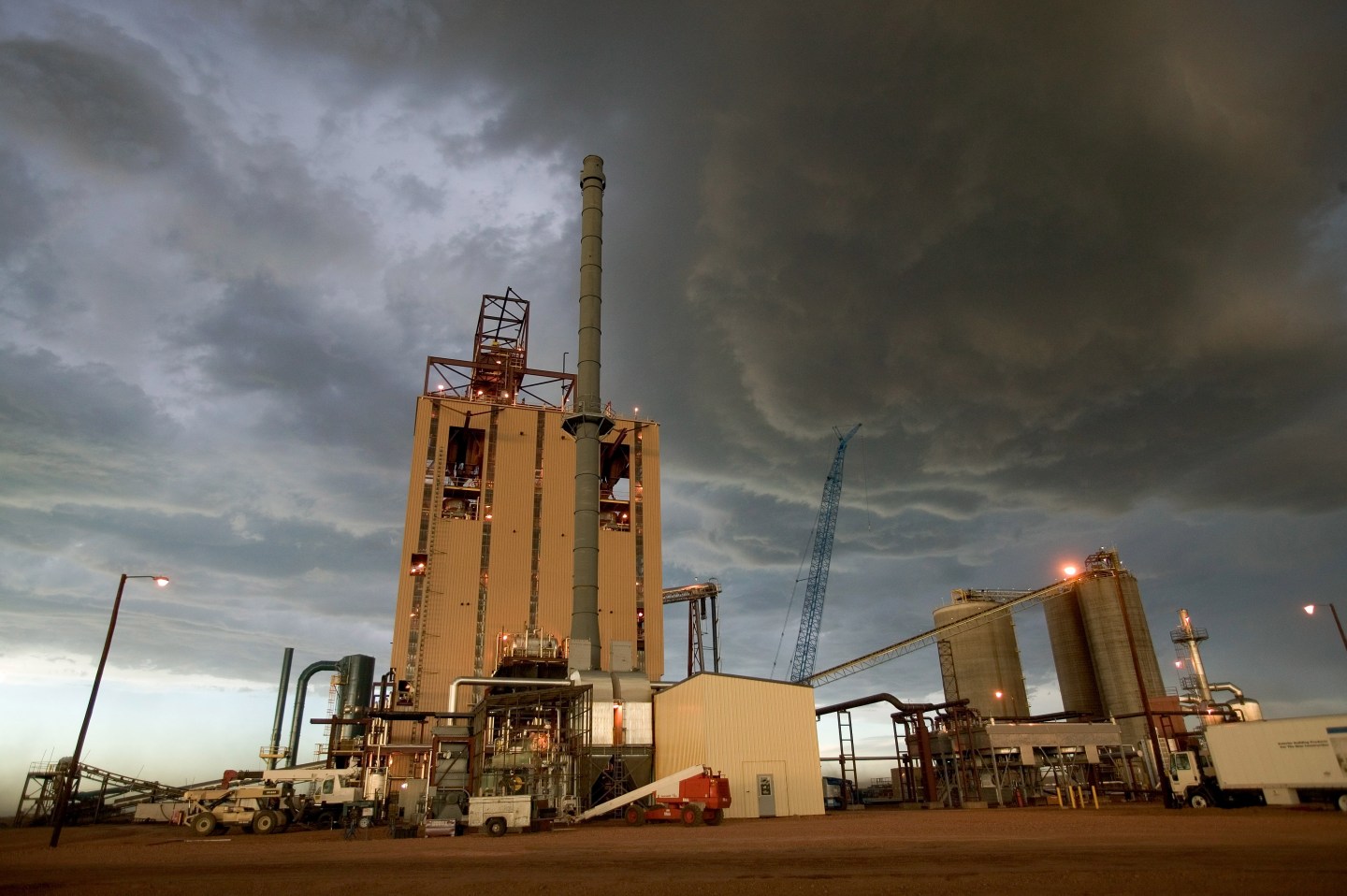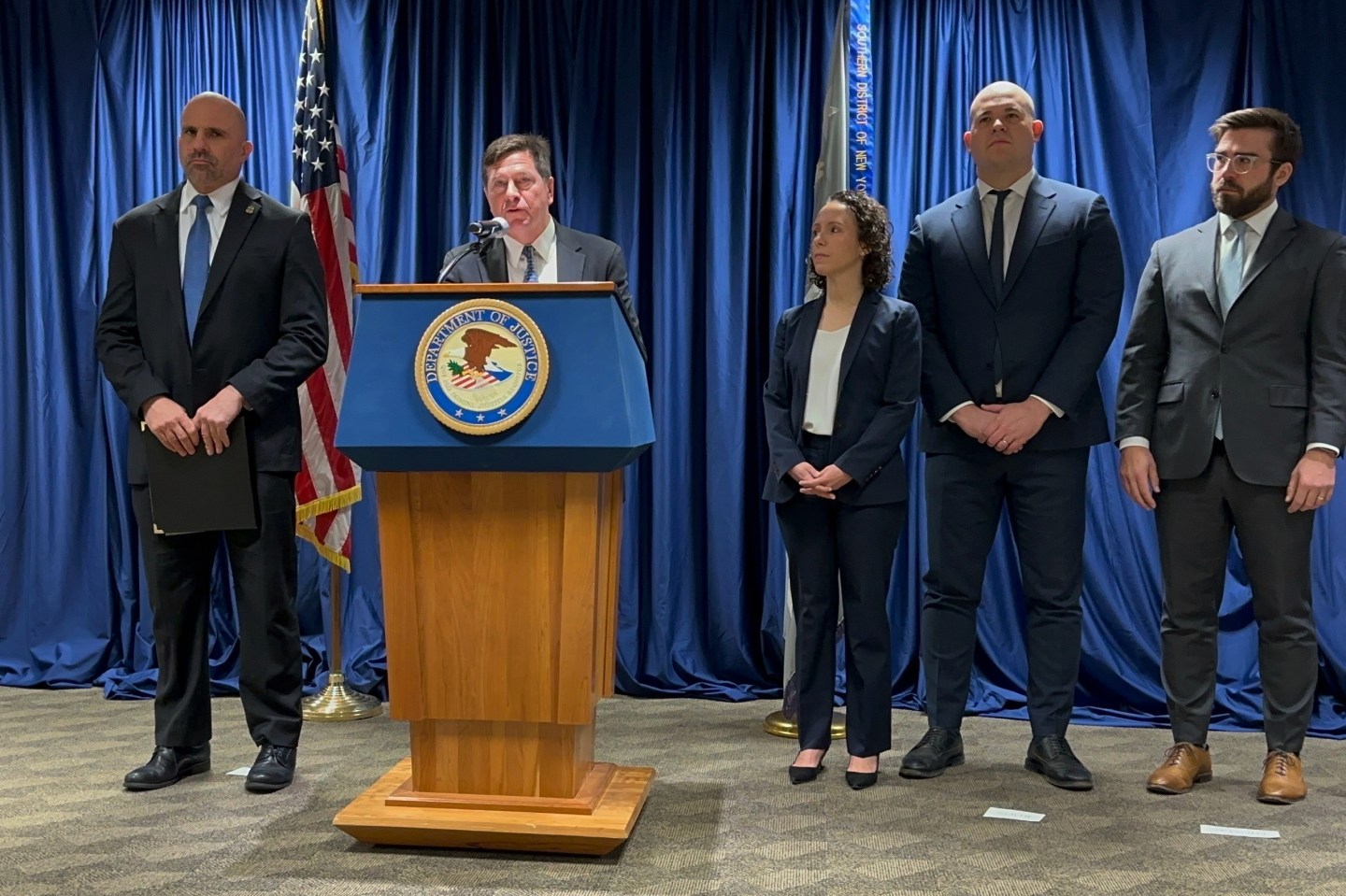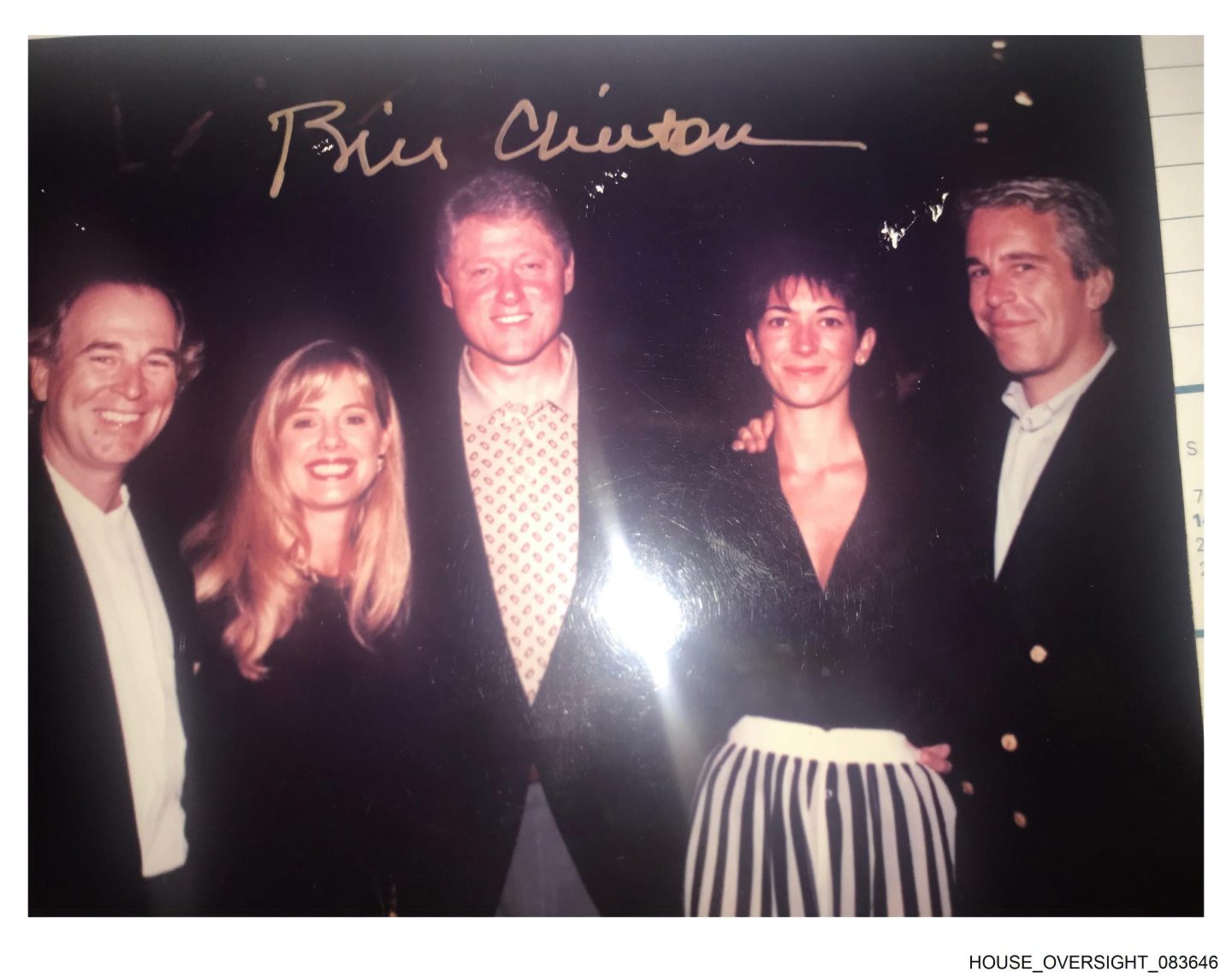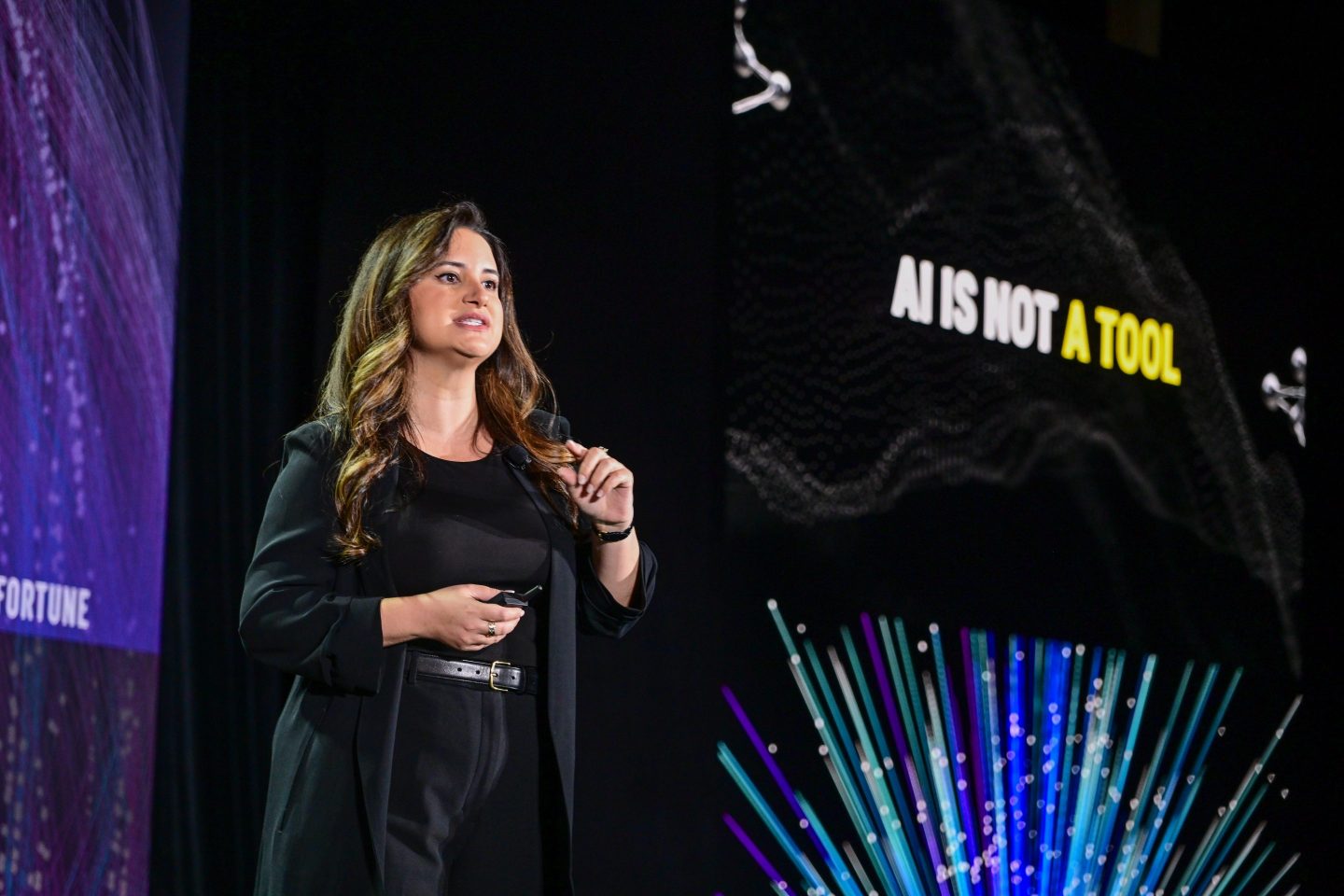In a major setback to the Obama administration’s efforts to curb pollution, the Supreme Court has rejected new rules that put limits on mercury and acid gases from aging US power plants. The judges ruled that the Obama administration didn’t appropriately take into account the billions of dollars it would require to upgrade or close mostly older coal plants to curb pollution.
The Environmental Protection Agency’s rule, adopted in 2012, was already taking effect. The restrictions were based on the EPA’s interpretation of the Clean Air Act.
But power plant industry groups and coal-heavy states challenged the EPA’s rule and said they posed a heavy financial burden. The Supreme Court decision agreed with the challengers that the EPA needed to take into account the cost of restricting the pollution before issuing the rule.
The problem with doing the cost-benefit analysis of limiting pollution from coal plants is that the methods and opinions about the health benefits and the financial costs can be very different for the two sides. The industry groups said the costs were larger than the benefits, while the EPA found the benefits larger than the costs.
The EPA had decided it would take costs into account at a later stage. The court rejected that notion. But the court’s decision also keeps the possibility open that the ruling could be enforced with new cost-based analysis.
However, the decision could leave the EPA and the Obama administration more vulnerable to court challenges of its attempts to curb other emissions and pollution from power plants of all kinds. Coal power plants are the largest source of carbon emissions in the U.S.
Shares of coal companies rallied Monday.












